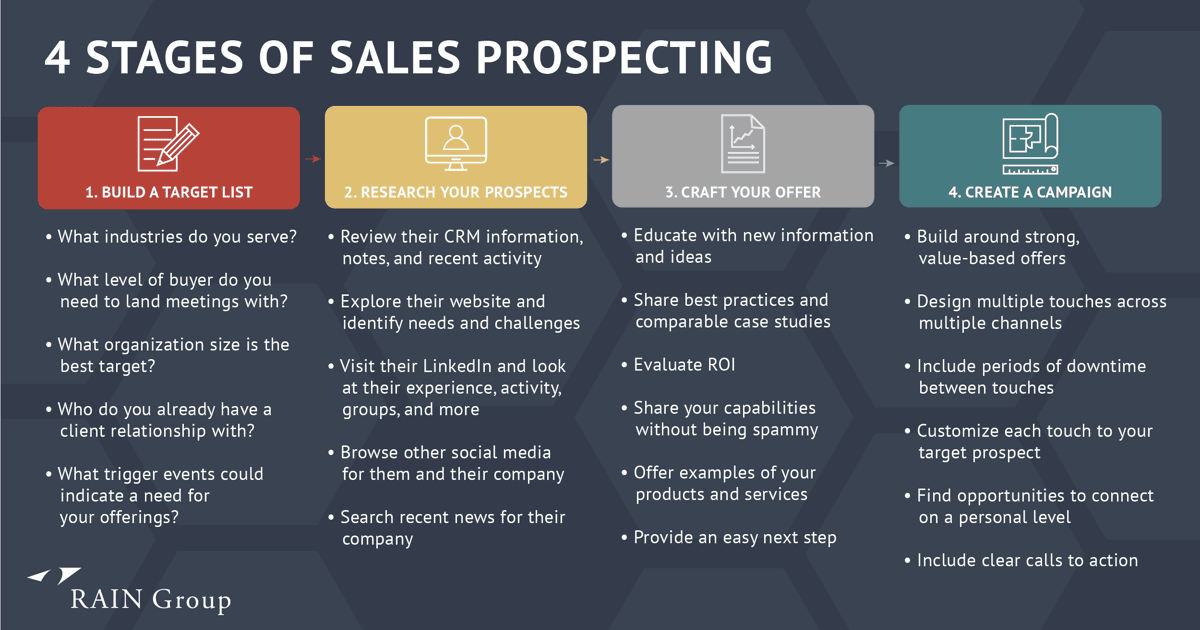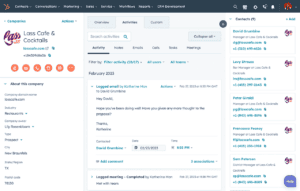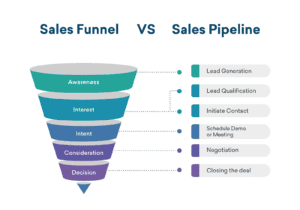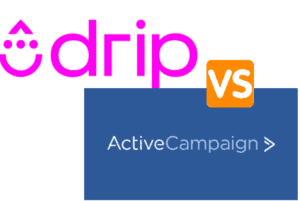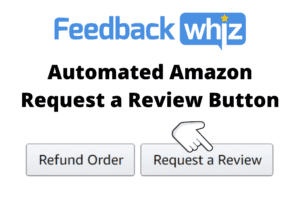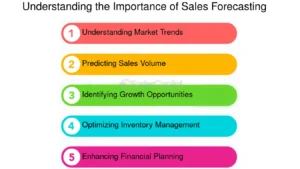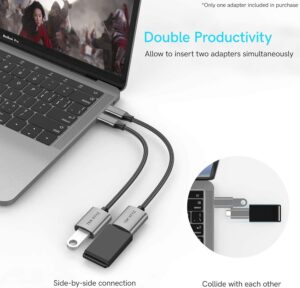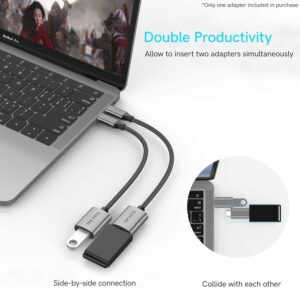Maximize Your Sales with Effective Prospecting Tips
Prospecting is the cornerstone of a successful sales strategy. It involves identifying potential customers who are most likely to purchase your products or services. Mastering prospecting is crucial for filling your sales pipeline with quality leads, nurturing relationships, and ultimately closing more deals. This guide will introduce actionable prospecting tips to help your sales team thrive.
Introduction: Why Sales Prospecting Matters
Sales prospecting is more than just finding leads—it’s about discovering prospects who are a great fit for your business and more likely to convert. A well-executed prospecting strategy saves time, ensures higher quality leads, and leads to better overall sales performance.
In today’s competitive market, prospecting requires a blend of traditional outreach techniques and modern tools to analyze potential leads, streamline communication, and build meaningful connections.
Key Sales Prospecting Tips to Boost Your Pipeline
1. Identify Your Ideal Customer Profile (ICP)
Before reaching out to potential leads, it’s essential to define your ideal customer profile (ICP). This includes understanding the demographics, firmographics, behaviors, and pain points of your target market. Knowing exactly who you’re targeting makes your prospecting efforts more focused and effective.
- Tip: Use CRM tools like Salesforce or Zoho CRM to segment your leads based on your ICP and tailor outreach strategies accordingly.
2. Leverage LinkedIn for Targeted Networking
LinkedIn is a powerful platform for B2B sales prospecting. It allows you to find decision-makers within companies and engage with them through personalized outreach. By actively participating in LinkedIn groups, sharing valuable content, and sending personalized connection requests, you can warm up your leads before making a formal pitch.
- Tip: Use LinkedIn Sales Navigator to narrow your search and identify key contacts within your target companies.
3. Embrace Cold Calling and Cold Emailing
While often viewed as outdated, cold calling and cold emailing are still highly effective prospecting techniques when done right. The key is personalization. When reaching out to prospects via phone or email, make sure you tailor your message to address their specific needs and challenges.
- Tip: Tools like Hunter.io and Clearbit can help you find the correct contact details for cold outreach.
4. Utilize Lead Scoring
Lead scoring involves ranking prospects based on their likelihood to convert. By assigning points to specific behaviors—such as opening an email, visiting your website, or engaging with your content—you can prioritize high-potential leads and focus your energy on nurturing them.
- Tip: Many CRM systems, including HubSpot and ActiveCampaign, offer lead scoring features to automate this process.
5. Follow Up Consistently
The fortune is in the follow-up. Studies show that it often takes five or more touches to convert a prospect into a customer. If you give up after one or two attempts, you could be leaving potential deals on the table. Consistent follow-up, without being overly aggressive, keeps you top-of-mind with prospects.
- Tip: Use automated follow-up sequences with tools like Drip or Mailchimp to maintain consistent contact without overwhelming your prospects.
6. Leverage Referrals and Networking
One of the best ways to generate quality leads is through referrals. If you’ve built strong relationships with your current customers, don’t hesitate to ask for introductions to their network. Additionally, attending industry events and networking within your sector can open doors to new prospects.
- Tip: Tools like ReferralCandy can streamline your referral program and incentivize your current clients to recommend your services.
7. Engage with Inbound Marketing
While outbound strategies like cold calling are essential, pairing them with inbound marketing can significantly boost your prospecting efforts. By creating valuable content that addresses your target audience’s pain points, you can attract leads to your business rather than always chasing them.
- Tip: Use content marketing strategies like blogs, webinars, and case studies to attract leads. Platforms like HubSpot can help manage both inbound and outbound efforts seamlessly.
How Technology Can Enhance Your Prospecting Strategy
Today’s sales teams have access to a variety of tools designed to streamline the prospecting process. Here’s how you can integrate technology into your prospecting efforts to get better results:
1. CRM Systems
A CRM system like Salesforce or Zoho CRM is essential for managing your prospecting efforts. It helps track interactions with prospects, manage follow-up sequences, and ensure that no leads fall through the cracks.
2. Email Tracking Software
Email tracking tools like Mailtrack or HubSpot Sales enable you to see when a prospect opens your email or clicks on a link. This insight helps you follow up with warm leads at the right time, increasing your chances of making a connection.
3. AI-Powered Sales Tools
AI-powered platforms such as SalesLoft or Outreach.io can optimize your prospecting efforts by providing personalized email templates, automated follow-up schedules, and data-driven insights into prospect behavior.
4. Lead Enrichment Tools
Lead enrichment tools like Clearbit or ZoomInfo allow you to gather additional data on your prospects, such as company size, revenue, and decision-making authority. This information is invaluable for personalizing your outreach.
Conclusion: The Key to Effective Prospecting
Prospecting is an ongoing process that requires a balance of traditional techniques and modern tools. By identifying your ideal customer profile, utilizing the right sales tools, and consistently following up with leads, you can build a robust sales pipeline that leads to higher conversions. Remember, persistence is key—so stay proactive, stay organized, and keep refining your prospecting strategy.
FAQs
What is sales prospecting?
Sales prospecting is the process of identifying and engaging potential customers who may be interested in your product or service. It involves activities such as cold calling, emailing, networking, and lead scoring to build a pipeline of qualified leads.
How can CRM tools help in prospecting?
CRM tools like Salesforce and HubSpot help manage all customer interactions and streamline prospecting by tracking communication, scoring leads, and automating follow-up processes.
How do I find high-quality leads?
High-quality leads are found by defining your ideal customer profile (ICP) and using tools like LinkedIn Sales Navigator, referrals, and content marketing to target the right prospects.
What is lead scoring in sales?
Lead scoring is a method used to rank leads based on their likelihood to convert. It assigns points based on behaviors such as website visits, email engagement, and content downloads, helping sales teams prioritize follow-ups.
How often should I follow up with a prospect?
It often takes five or more follow-up attempts to convert a prospect into a customer. Consistency is key, but it’s important to avoid being too aggressive in your outreach.
Top Tools to Simplify and Scale Your Sales Prospecting
- Salesforce: A robust CRM platform that helps manage your pipeline, track leads, and automate outreach.
- HubSpot Sales: A powerful CRM and sales tool that enables lead tracking, email automation, and in-depth analytics.
- LinkedIn Sales Navigator: An advanced tool for finding and connecting with prospects on LinkedIn, ideal for B2B sales.
- Hunter.io: A tool for finding and verifying email addresses for prospects, streamlining cold emailing efforts.
- Clearbit: A lead enrichment tool that provides comprehensive data on prospects, including firmographics and contact details.
Keywords: sales prospecting, lead generation, CRM tools, prospecting tips, lead scoring, email tracking

